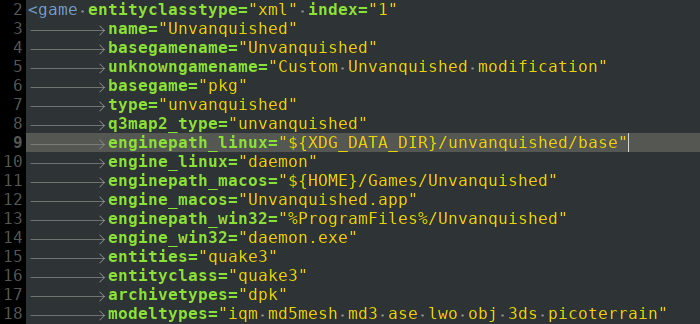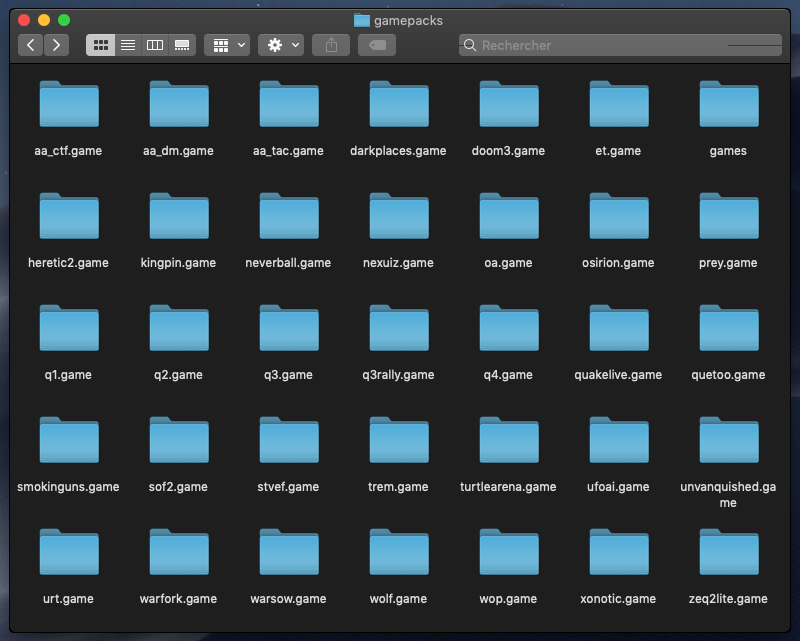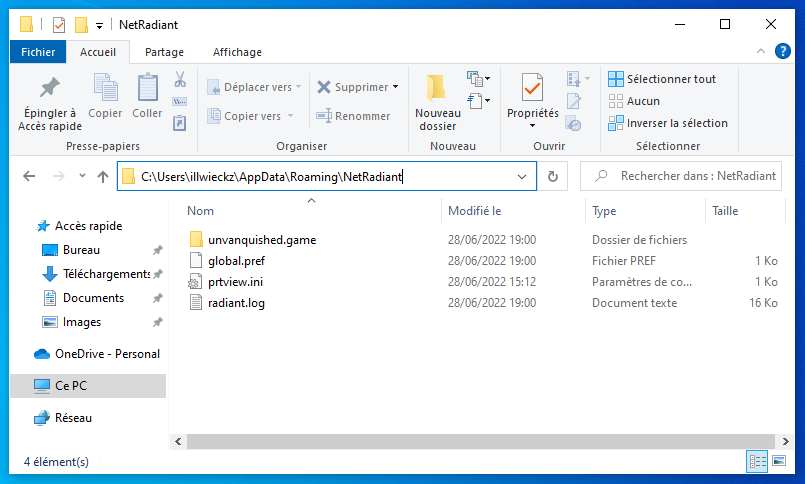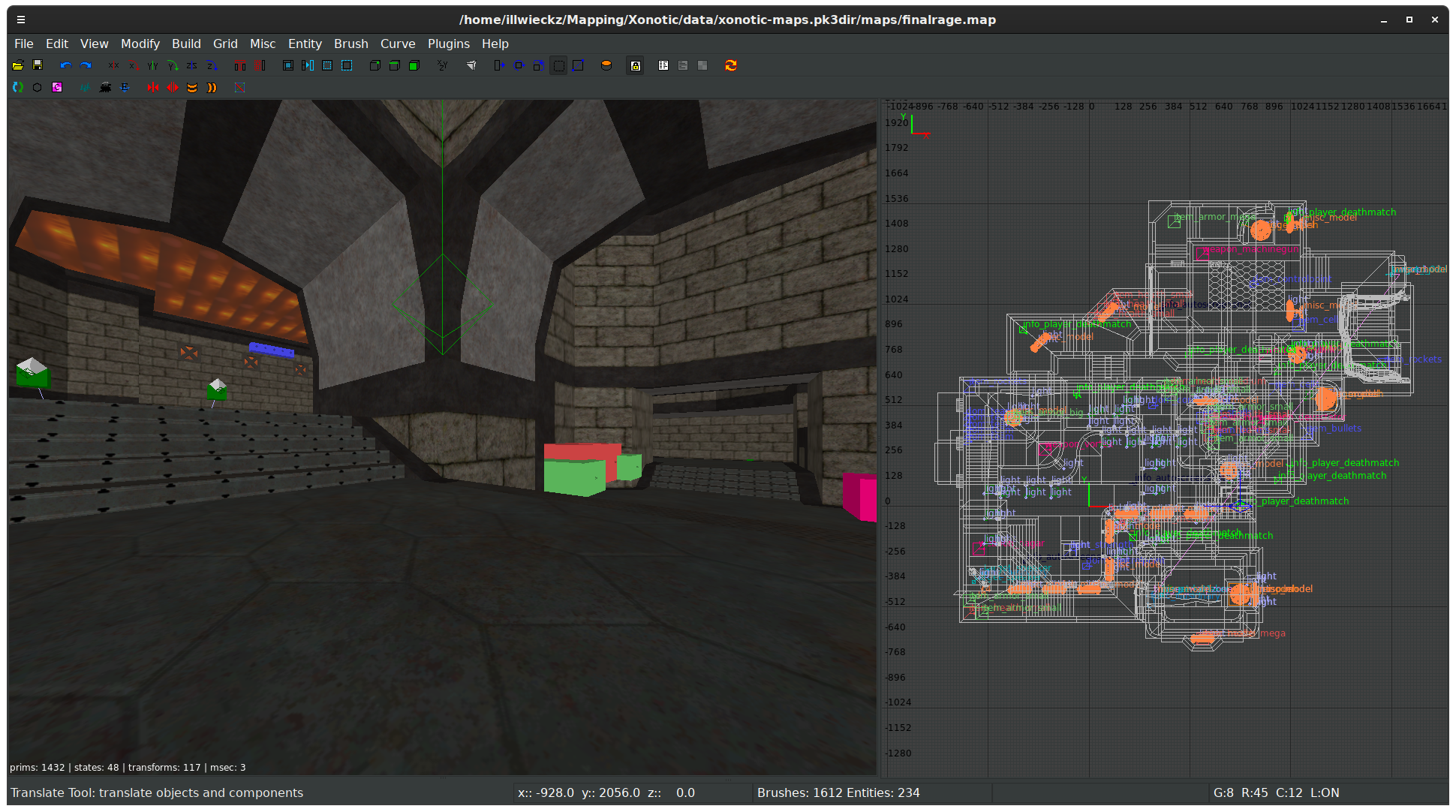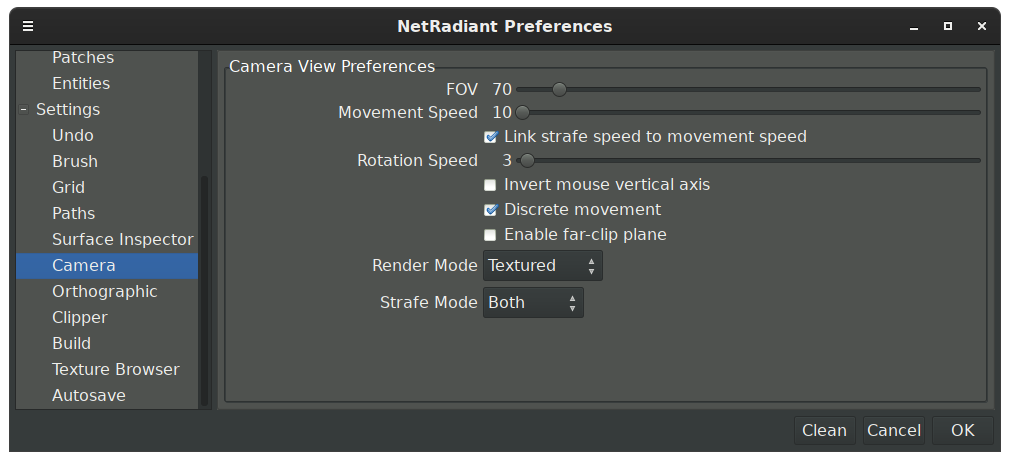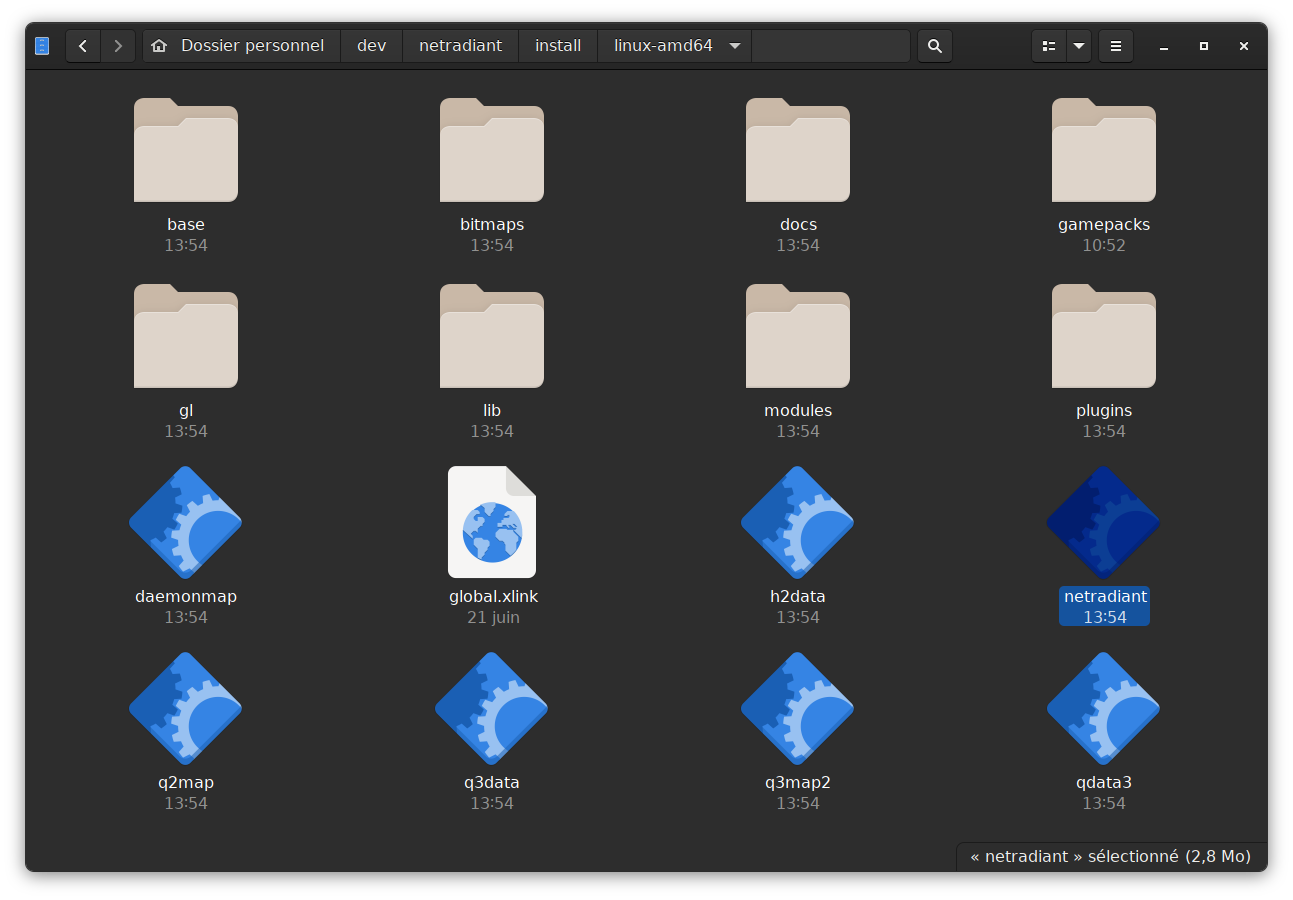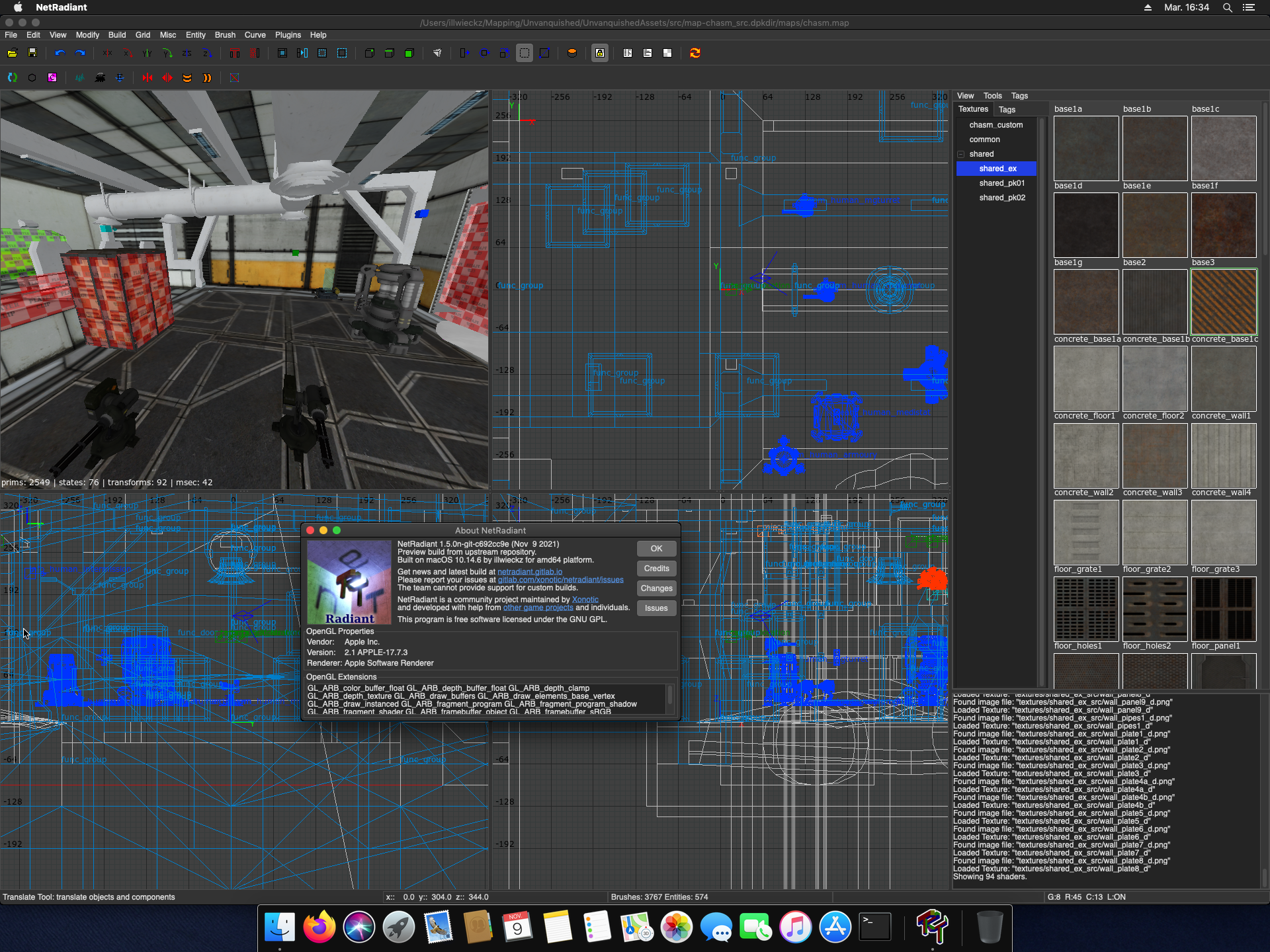Updated builds

Download NetRadiant and map like a boss!
NetRadiant is a brush-based 3D game level editor with support for many games like Xonotic, Unvanquished, and more…
Maintained by a community of gamers, mappers, modders and game developpers, NetRadiant is free and open source and run on various operating systems like Linux, Windows, macOS and FreeBSD, learn more….

